Hakgasan Chamma Sikdang(학가산참마식당)
12.9Km 2021-04-09
677, Bukpyeong-ro, Andong-si, Gyeongsangbuk-do
+82-54-868-7456
It is a good house with delicious dishes including fresh yams, where side dishes are cooked every morning. This Korean dishes restaurant is located in Andong-si, Gyeongsangbuk-do. The most famous menu is bulgogi.
Suaedang [Korea Quality] / 안동 수애당 [한국관광 품질인증]
13.0Km 2023-04-13
1714-11, Sugogyonggye-ro Imdong-myeon, Andong-si, Gyeongsangbuk-do
+82-54-822-6661
'Suaedang Traditional House was built by Ryu Jin-geol, also known by his pen-name of Suae, in 1939. This hanok-style house consists of three buildings that measure 29-kan (a traditional measurement that corresponds to the space between two columns) in total.
The main room, or jeongchim (7-kan at front and 2-kan at sides), has a half-hipped roof, and forms a‘ㄱ’-shape with the storeroom (10-kan at front), which also has a half-hipped roof. Originally located at 612 Sugok-dong, Andong-si, the house was relocated from a slight slope to a flat piece of land due to the construction of Imha Dam in 1987. Consequently, the Jeongchim was rebuilt at a lower level than before.
The Suaedang was renovated by modernizing the old-style facilities including the kitchen, toilets, and washroom without changing their external features, while the rooms and daecheongmaru (main floored room) were decorated with red clay and natural paint. Suaedang, with its beautiful panoramic view of the lake, was designated as Gyeongsangbuk-do Cultural Property No. 56.
Jukheon Traditional House [Korea Quality] (죽헌고택 [한국관광 품질인증])
13.5Km 2025-07-14
24, Taejangjukheon-gil, Seohu-myeon, Andong-si, Gyeongsangbuk-do
Jukheon Old House is an old house near Bongjeongsa Temple in Andong, Gyeongsangbuk-do. Originally built in 1886 by independence activist Kim Ga-jin, it was later acquired by Jukheon Lee Hyeon-chan and until recently was used as a family gathering place for jaesa ancestral rites. There are three 2-person guestrooms (Jukheon Gallery Room, Seojae Room and Elizabeth Room) and one four-person room (Jukheon-dong Farm Room). Visitors can explore the old thatched millhouse with its ancient treadmill, or enjoy a walk along Queen Elizabeth Road to Bongjeongsa Temple. A simple complimentary breakfast is provided.
Templo Bongjeongsa (봉정사) [Patrimonio de la Humanidad de la Unesco]
14.3Km 2023-05-23
Bongjeongsa-gil 222, Seohu-myeon, Andong-si, Gyeongsangbuk-do.
Edificado en el 12º año del reinado de Munmu de Silla, es una de las construcciones de madera más antigua del país. La zona en donde se encuentra ubicada el templo posee un ambiente natural puro, es decir, la condición ideal para proteger la salud. Además, a diferencia de otros templos que se van remodelando y adaptan un estilo más contemporáneo, el templo Bongjeongsa sigue conservando la tradición budista de la antigüedad en lo alto de la montaña. Este templo fue fundado por el monje Neungin en el año 672, durante el reino de Silla.
Iljik Sikyuk Sutbul Garden (일직식육숯불가든)
14.6Km 2021-03-24
2474-9, Pungil-ro, Andong-si, Gyeongsangbuk-do
+82-54-858-0103
It is a house where you can enjoy Korean traditional bulgogi. This Korean dishes restaurant is located in Andong-si, Gyeongsangbuk-do. The representative menu is bulgogi hot pot.
Memilkkot Pimyeon (메밀꽃피면)
14.7Km 2021-03-26
22, Seonseong 4-gil, Andong-si, Gyeongsangbuk-do
+82-54-843-1253
It is a place where the directly made soba noodles and thick broth are excellent. The best menu at this restaurant is buckwheat noodles. This Korean dishes restaurant is located in Andong-si, Gyeongsangbuk-do.
Aldea Yekki (예끼마을)
14.9Km 2024-05-17
Seonseong-gil 14, Dosan-myeon, Andong-si, Gyeongsangbuk-do
La Aldea Yekki está llena de callejones con coloridos murales, galerías con obras de arte de artistas locales y un centro de experiencia de casa tradicional hanok. Una actividad particularmente popular es un paseo por el Sendero Seonseongsusang-gil, que cruza el lago y ofrece hermosos paisajes.
Sendero Seonseongsusang-gil (선성수상길)
14.9Km 2024-05-17
Seonseong-gil 14, Dosan-myeon, Andong-si, Gyeongsangbuk-do
Andong Susan Sikdang (안동수산식당)
15.4Km 2021-03-24
64, Yutongdanji-gil, Andong-si, Gyeongsangbuk-do
+82-54-859-9779
It is a store where you can enjoy fresh seafood. This Korean dishes restaurant is located in Andong-si, Gyeongsangbuk-do. The representative menu is cold raw fish soup.
Cheonji Sikdang (천지식당)
16.4Km 2021-03-24
90, Utjangteo-gil, Andong-si, Gyeongsangbuk-do
+82-54-822-7008
You can eat maeuntang (fish stew) made with fresh freshwater fish. This Korean dishes restaurant is located in Andong-si, Gyeongsangbuk-do. The representative menu is spicy freshwater fish stew.
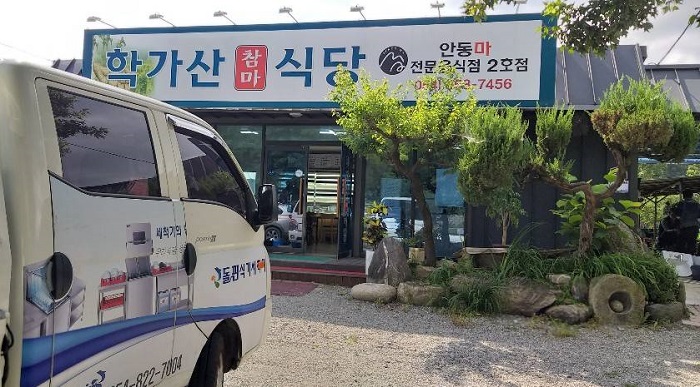
![Suaedang [Korea Quality] / 안동 수애당 [한국관광 품질인증]](http://tong.visitkorea.or.kr/cms/resource/88/2528888_image2_1.jpg)
![Jukheon Traditional House [Korea Quality] (죽헌고택 [한국관광 품질인증])](http://tong.visitkorea.or.kr/cms/resource/33/2993133_image2_1.jpg)
![Templo Bongjeongsa (봉정사) [Patrimonio de la Humanidad de la Unesco]](http://tong.visitkorea.or.kr/cms/resource/16/2654216_image2_1.jpg)
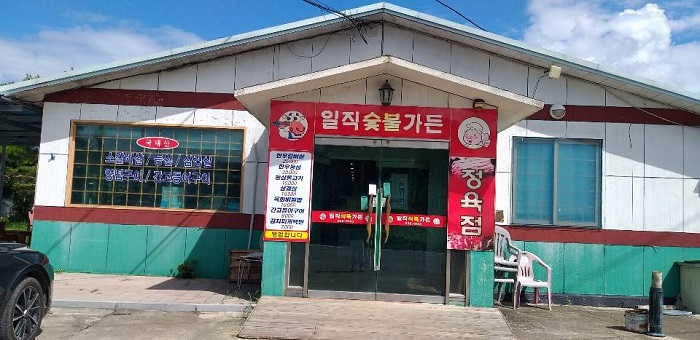
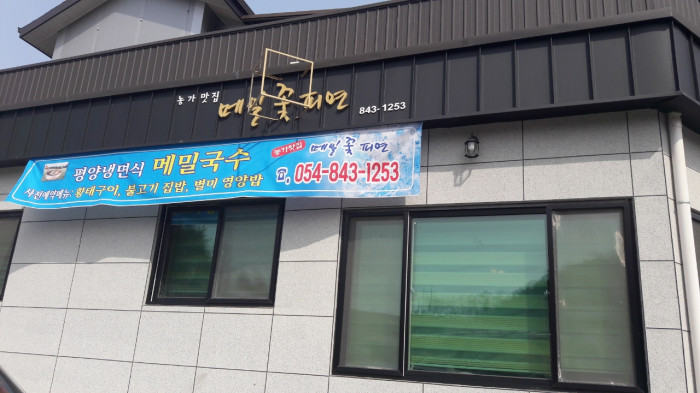

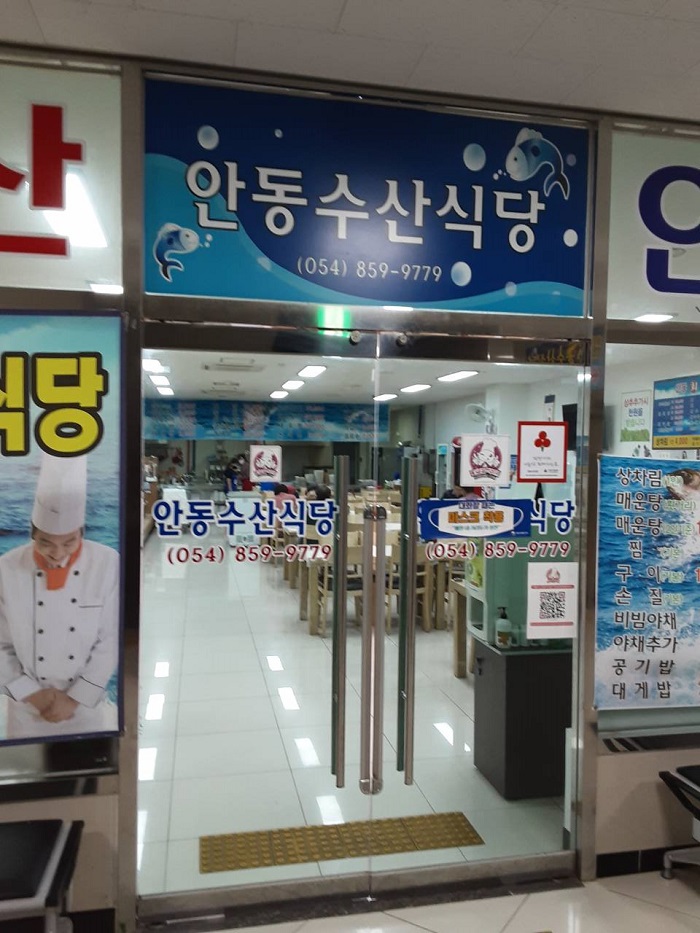
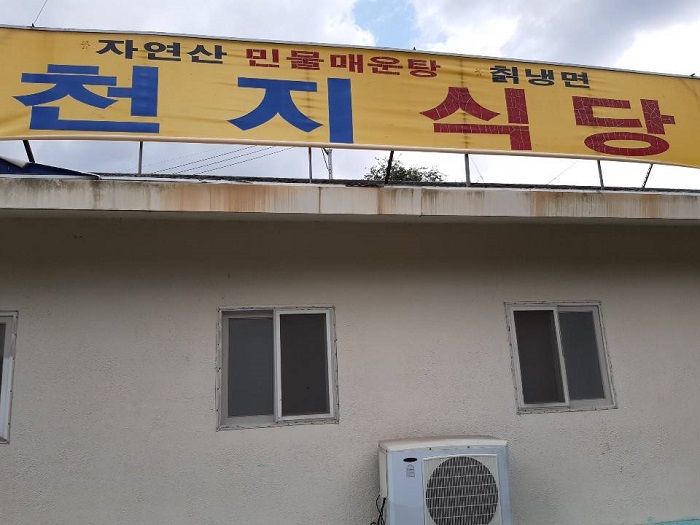
 Español
Español
 한국어
한국어 English
English 日本語
日本語 中文(简体)
中文(简体) Deutsch
Deutsch Français
Français Русский
Русский